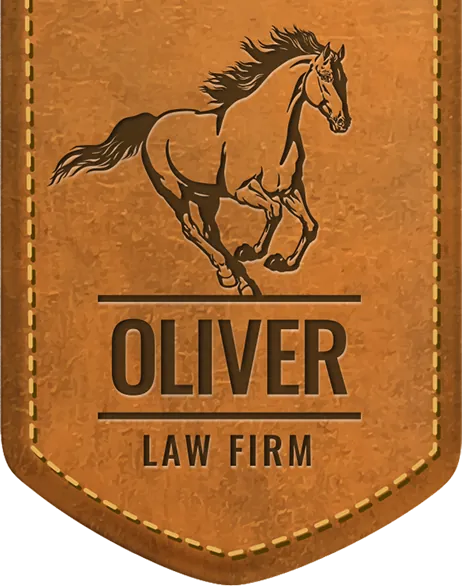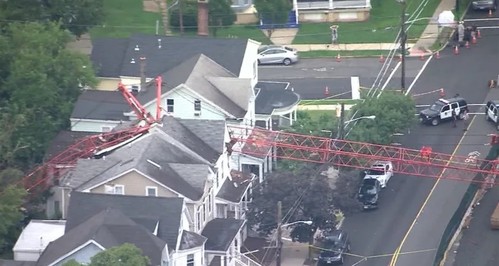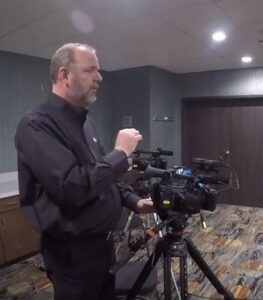Fortunately, no one was injured when a crane crashed into the 3rd floor of a home occupied by 7 Rutgers University students. The crash happened Sunday, July 21, around 7:45 pm in New Brunswick. N.J. and may have been the result of weather. Residents were taken by surprise when a quick-moving stormed moved through the area. Two other units of a townhouse behind the destroyed residence were also damaged. Power was taken out to the area when lines where knocked down by the crane falling.
No one was inside the New Jersey home during the time of the crash. One of the tenants of the home had been home all day but decided about 30 minutes before the incident to leave the house. She was delayed in returning home because of the storm’s heavy rain.
The crane was being used on the construction site of a nine story, 181- unit luxury apartment building. The construction company using the crane and a city engineer are investigating ways to remove the crane. While high winds are suspected, the actual cause of the crane crash has not been determined.
Could human error be the cause of the New Jersey crane crash?
American Cranes & Transport, the magazine for crane, lifting and the transport industry, says in their website article, Wind is an invisible tyrant in crane operation, taken from OSHA’s website “…the crane manufacturer should be consulted if the operating manual doesn’t have wind speed information and operating procedures, maximum allowable wind speeds, special hazards, warnings; and instructions need to be posted conspicuously in the crane’s cab.”
ANSI (American National Standards Institute) in their blog, Crane Safety by OSHA Standards: Common Hazards and Control Measures says, “When high winds occur, structures under construction are in particular danger of collapsing.” The following is an excerpt from USA Standard, Safety Code for Cranes, Derricks, Hoists, Jacks and Slings titled Crawler, Locomotive and Truck Cranes
ANSI B30.5-3.1.2 (1968) states:
(f). Before leaving his crane unattended, the operator shall: 1. Land any attached load, bucket, lifting magnet, or other device. 2. Disengage clutch. 3. Set travel, swing, boom brakes, and other locking devices. 4. Put controls in the “off” position. 5. Stop the engine. 6. Secure crane against accidental travel. 7. When wind alarm is given or on leaving crane overnight, rail clamps, where provided, shall be set on locomotive cranes and ground chocks set on truck or crawler cranes. 8. Crane booms shall be lowered to ground level or otherwise fastened securely against displacement by wind loads or other. [Emphasis added]
It’s reasonable to assume human error could be the cause of most crane crashes. But, how do you prove negligence and who assumes responsibility? According to ANSI and OSHA standards, cranes in operation, or unattended, should be prepared for weather related and other unforeseen events. Crane operators, construction companies and crane manufacturers could all be responsible for negligence related to a crane crashing down and causing destruction, injury and even death.
An exhaustive investigation will determine the cause of the N.J. crane falling. And, based on the investigation, the end result should be to prevent future crane crashes.
a Free Consultation




